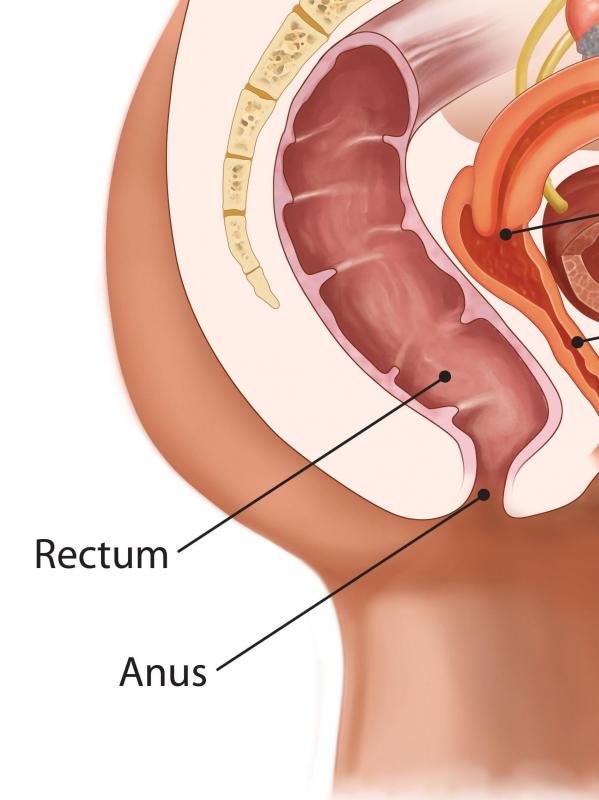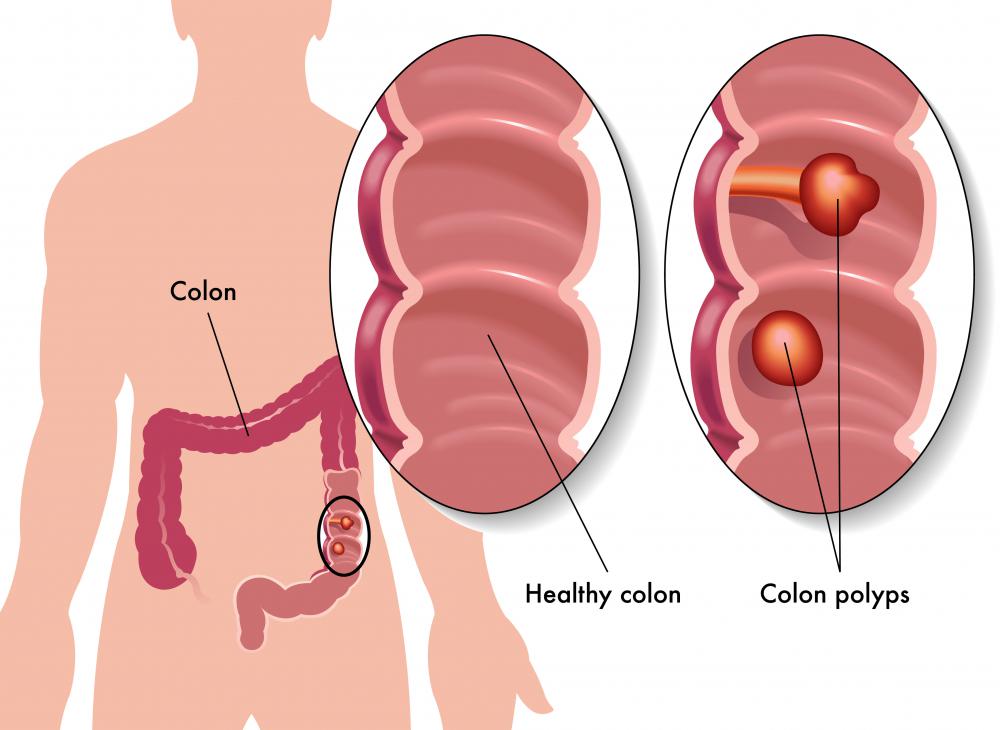At WiseGEEK, we're committed to delivering accurate, trustworthy information. Our expert-authored content is rigorously fact-checked and sourced from credible authorities. Discover how we uphold the highest standards in providing you with reliable knowledge.
What Is the Typical Sigmoidoscopy Procedure?
Sigmoidoscopy is a minimally-invasive medical examination used to inspect the sigmoid colon and rectum. In general, the typical sigmoidoscopy procedure involves the use of an instrument called a sigmoidoscope, which is a flexible tube to which a small camera is attached. The doctor inserts the sigmoidoscope through the patient’s rectum while the patient lies down on his left side with his knees bent up towards his chest. The purpose of a sigmoidoscopy procedure is to diagnose colon cancer. Also, the procedure can help with the analysis of other medical conditions, such as abdominal pain, bleeding and diarrhea.
Before the doctor gently and gradually inserts the sigmoidoscope in the rectum, he will do the same with a gloved, lubricated finger. This is both for analysis, as well as to gently enlarge the rectum. The lubrication on the finger is a special jelly that is also used to lubricate the tip of the sigmoidoscope. The sigmoidoscope itself transmits light, which enables the doctor to see within the intestine.

For better vision, the doctor might introduce air or water into the colon to open up the area. The pressure caused by a finger or sigmoidoscope, or by the addition of air into the colon, might make the patient feel the need to have a bowel movement. To continue to allow the doctor to see, the use of suction will help remove any fluid or stool in the area. The air, which the body removes after the procedure, can also cause the patient to experience bloating and cramping. As the sigmoidoscope is being pulled back out, it enables the doctor to have better vision, so some additional procedures can be done during this time.

Depending on what the doctor sees during the sigmoidoscopy procedure, he might perform other procedures. For example, the doctor might perform a biopsy. To do so, he inserts biopsy forceps through the sigmoidoscope to remove tissue samples. Other procedures include taking photographs of the area, or removing polyps with electrocautery snares.
While the typical sigmoidoscopy uses a flexible tube, there is another type of sigmoidoscopy procedure called rigid sigmoidoscopy. Usually, rigid sigmoidoscopy is used to treat medical conditions affecting the rectum and nearby areas. Sigmoidoscopy itself is a slightly different procedure than colonoscopy. The main difference between the two is that the tube in a colonoscopy is inserted farther up the intestine.
AS FEATURED ON:
AS FEATURED ON:













Discuss this Article
Post your comments